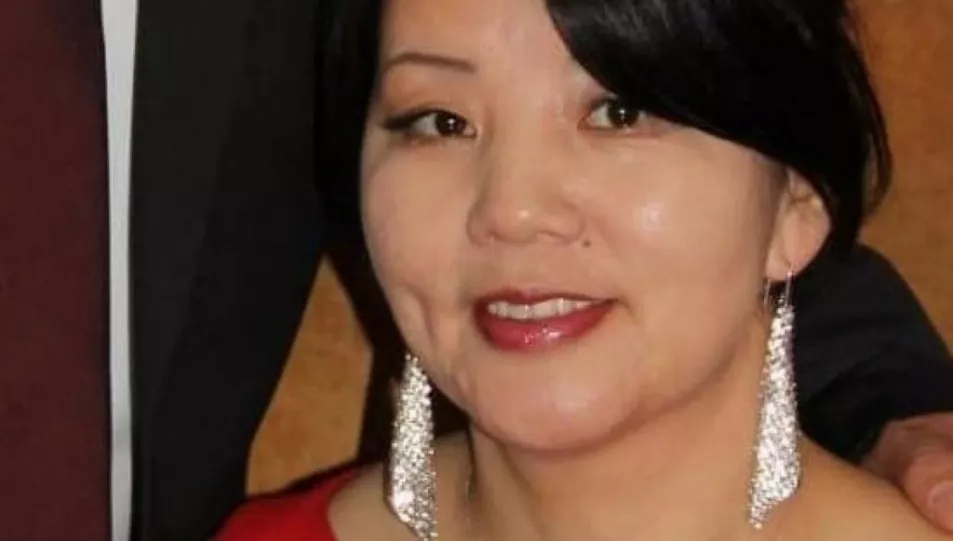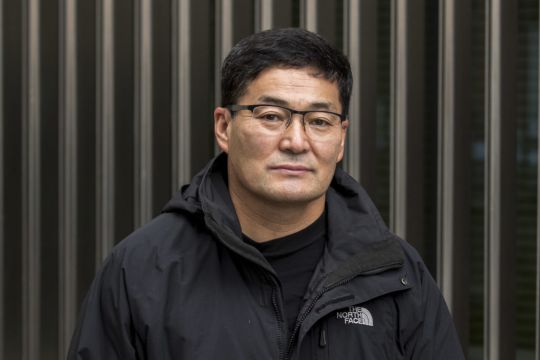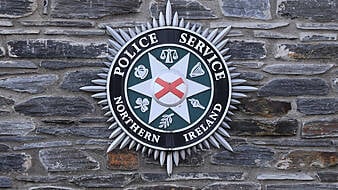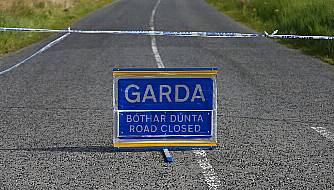Urantsetseg Tserendorj's husband was still wearing his slippers when he ran to meet his distressed wife near Dublin's Connolly Station, but due to Covid restrictions he could not join her in the ambulance that took her to the Mater Hospital where she collapsed and did not recover, the Central Criminal Court has heard.
Ulambayer Surenkhor took the stand on Thursday to give evidence at the trial of a 16-year-old boy who is accused of murdering his wife by inflicting a single stab wound that partially severed the main artery to her brain.
With the help of an interpreter, the bereaved husband told Sean Gillane SC, for the Director of Public Prosecutions (DPP), that he and his wife are from Mongolia. He moved to Ireland 16 years ago, and she followed nine months later.
They worked as cleaners in Dublin and their two children went to school in Ireland. Ms Tserendorj worked Monday to Friday from 5pm until 9pm at financial services firm State Street. By January 20th, 2021 Mr Surenkhor was not working as the country was in lockdown, but his wife continued to work and would walk to and from the State Street offices.
Distress
At 9.30pm that night, Mr Surenkhor was at home with his daughter when he received a call from his wife; she was "in a bit of distress", he said. Mr Surenkhor rushed from their home, still wearing his slippers, and found her about five minutes later at a taxi rank by the Luas stop at Connolly Station. She was holding her neck, and he could see blood.
An ambulance arrived and paramedics tried to give her tablets, but she couldn't swallow them. The ambulance took her away, but Mr Surenkhor said he was told he couldn't go with her due to Covid restrictions. Gardaí contacted Mr Surenkhor later that day to say that her condition had worsened, and he was brought to hospital to see his wife.
She did not recover, Mr Surenkhor said, and was pronounced dead nine days later.

Counsel for the accused did not cross-examine the witness.
The accused, who can't be identified as he is a minor, has pleaded not guilty to the murder of Ms Tserendorj but guilty to her manslaughter on January 29th, 2021. The State did not accept his plea. He has also pleaded guilty to producing a knife and to attempting to rob Ms Tserendorj on a walkway between George’s Dock and Custom House Quay in the IFSC, Dublin on January 20th, 2021.
Pathologist evidence
Earlier, Assistant State Pathologist Dr Heidi Okkers told Mr Gillane that a single stab wound partially severed Ms Tserendorj's internal carotid artery, cutting off the blood flow to her brain and causing her death. The injury had entered the neck about 2cm below the right ear lobe.
Dr Okkers told defence counsel Michael O'Higgins SC that injuries to the internal carotid artery are less common than injuries to the external artery, which takes blood to the face rather than the brain. She agreed with Mr O'Higgins that the stab wound was not directly on the artery and did not fully dissect it. She further agreed when Mr O'Higgins suggested there was "an element of misfortune in this injury".
Besides the injury to her neck, Ms Tserendorj was healthy and had no respiratory problems or heart disease, the pathologist said.
Ambulance
Paramedic James Eagers told Mr Gillane that when he checked Ms Tserendorj's vital signs at Connolly Station they were all normal and she initially seemed calm, although she was struggling to speak.
He could see the injury, about the size of a five cent piece, below her right ear, but it was not bleeding. He gave her a dressing to hold against it. He said the decision was taken to bring her to hospital, so she said goodbye to her husband and Mr Eagers put her on a trolley and gave her an oxygen mask.
In the ambulance she became more distressed, seemed like she was panicking and was finding it difficult to breathe. On arrival at the Mater, about three minutes after they left Connolly Station, she was taken immediately to the resuscitation room where Mr Eagers noticed her lips were starting to turn blue before he handed over her care.
Dr Elizabeth Little told Mr Gillane that she was the most senior member of the emergency team at the Mater on the night Ms Tserendorj was admitted. She said medics used a variety of specialist equipment to help her to breathe, used chest compressions and a defibrillator to restart her heart, and gave her blood. Once her heart restarted Ms Tserendorj was taken to an operating theatre to find out where the wound had penetrated.
Dr Jennifer Hastings told Mr Gillane that she is a consultant at the Intensive Care Unit and five days after Ms Tserendorj was admitted, she ordered an MRI scan to assess the degree of brain injury she had suffered. She said the scan showed that the brain had swollen so much it was extending out of the base of the skull. When medics turned off her sedation, Ms Tserendorj's heart rate and blood pressure became unstable, so she was sedated again and put back on life support.
Four days later Dr Hastings carried out further tests which showed that the patient's brain had suffered irreversible damage, and she was declared dead at 5.24pm that afternoon. Mr Surenkhor had been at his wife's bedside the entire time, she said.
The trial continues in front of Ms Justice Mary Ellen Ring and a jury of seven men and five women.







